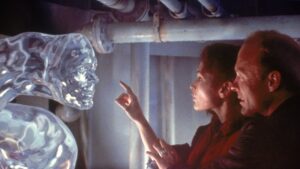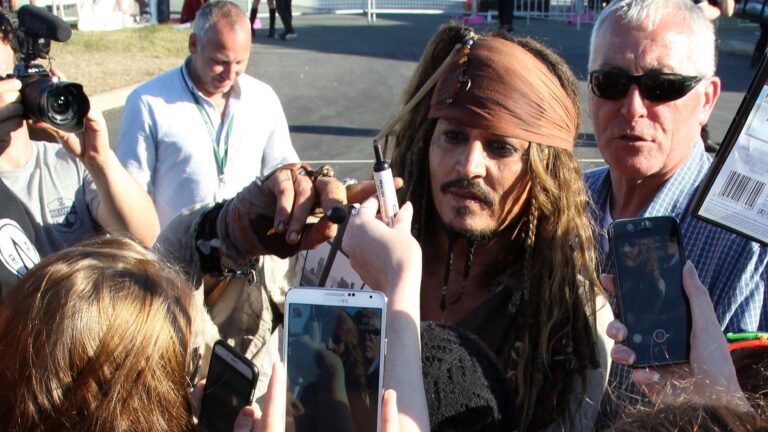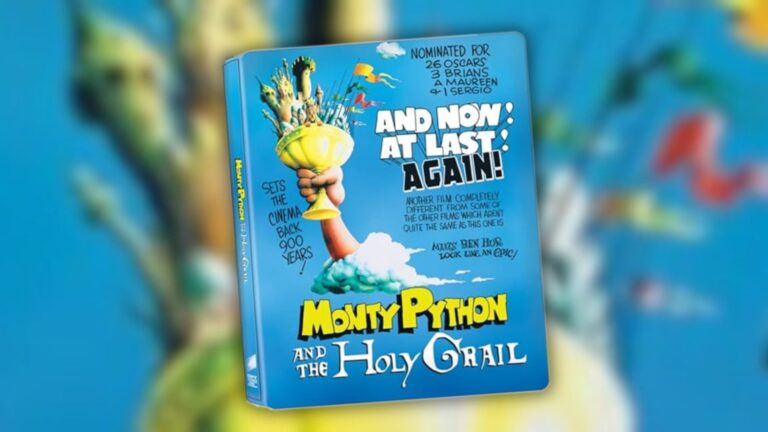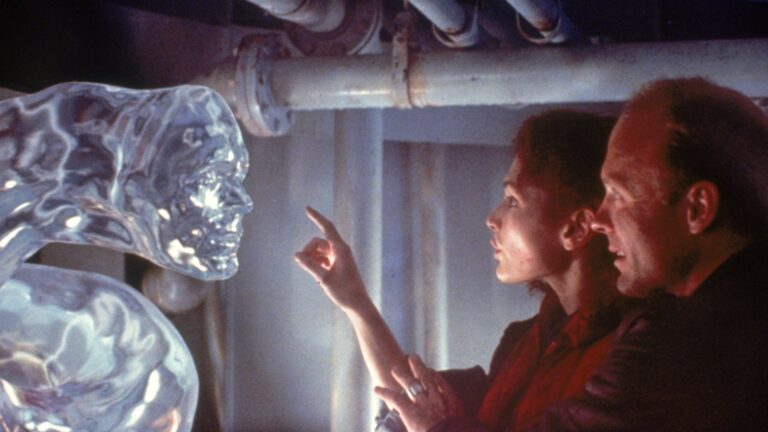A City in Flux: Gotham’s Evolution in the 1990s
By the early 1990s, Gotham City was undergoing a major transformation—not just in comic books, but on the big screen as well. The blockbuster success of Batman in 1989 had catapulted the Dark Knight into worldwide pop culture stardom. However, the subsequent release of Batman Returns in 1992 introduced a darker, more complex tone that challenged the franchise’s direction.
Tim Burton’s gothic aesthetic and focus on psychological depth gave the series a distinctive style, setting it apart from traditional superhero movies. Yet, its mature themes, grotesque villains like Danny DeVito’s Penguin and Michelle Pfeiffer’s tormented Catwoman, and its overall darker tone alienated some audiences—including parents and retailers—who found it too weird and intense for younger viewers.
Although Batman Returns performed well at the box office, its earnings were noticeably lower than Burton’s first film. The studio faced a tricky dilemma: how to sustain the franchise’s profitability and broad appeal in a market demanding spectacle, merchandising, and mass entertainment. This balancing act would define the making of Batman Forever.
Gotham’s Makeover: From Darkness to Neon Brightness
Faced with mounting pressure, Warner Bros. decided to shift the franchise’s tone. Burton, who had established a visually iconic but darker style, was pushed into a producer role—remaining credited but with little creative input. Although Burton had initially planned a third film centered around the Scarecrow, the studio wanted a different approach that aligned with their evolving commercial goals.
Enter Joel Schumacher, a director known for his vibrant visual style and eclectic filmography. After receiving Burton’s blessing to take over, Schumacher set out to create a Gotham City that was less shadowy and more alive with neon lights, towering architecture, and electric energy—more like a comic book come to life than a gothic nightmare.
This shift wasn’t merely about aesthetics. It reflected a broader change: Batman was becoming a brand—more theatrical, toyetic, and designed for mass consumption. Schumacher’s vision aimed to make the character and his world more accessible and marketable to a new generation of fans.
Reimagining the Bat: From Darkness to Flash
The creative team’s approach to storytelling also evolved. Early scripts by Lee and Janet Scott Batchler aimed for a psychologically rich narrative, but the studio felt it was too heavy. Akiva Goldsman was brought in to streamline the story, making it faster-paced, more splashy, and less introspective—closer to a comic book adventure than a character study.
The film’s musical score was transformed as well. Danny Elfman’s iconic, haunting themes gave way to Elliot Goldenthal’s bold, brassy compositions—less brooding, more bombastic—aligning with the film’s energetic, colorful aesthetic. While some fans initially disliked the new score, many grew to appreciate its boldness.
Val Kilmer Takes on the Cape and Cowl
One of the most significant changes was the casting of Batman himself. Michael Keaton, who had been a beloved Batman, declined to return—citing discomfort with the new tone and his loyalty to Burton. Despite offers of up to $15 million, Keaton chose to sit out, opening the door for a new actor.
Val Kilmer, fresh off his acclaimed role as Doc Holliday in Tombstone, stepped into the cowl without hesitation—signing on even before reading the script. His portrayal of Bruce Wayne was cooler and more reserved, sometimes bordering on sluggish, but his charismatic presence in the suit delivered the classic superhero silhouette the franchise wanted.
The Villains and Star Power: Big Names, Big Performances
Warner Bros. leaned heavily on marquee names for the villainous roles. Tommy Lee Jones, fresh from his Oscar win and work with Schumacher, took over as Harvey Dent/Two-Face, replacing Billy Dee Williams. Interestingly, Williams would later appear in LEGO form in 2017, finally getting his due.
The Riddler role was a particularly contentious casting. Robin Williams passed, Michael Jackson lobbied, and Jim Carrey—riding high on his comedy hits—ultimately won the part. Carrey’s manic, over-the-top performance became a defining element of the film’s tone: some found it hilariously entertaining, others thought it was too much, especially Tommy Lee Jones’s reaction to Carrey’s antics—“I cannot sanction your buffoonery”—became legendary.
Nicole Kidman was cast as Dr. Chase Meridian, a psychologist and love interest for Bruce Wayne. She replaced Rene Russo, who was considered for the role but deemed too old for the character’s age. Kidman’s star power and sex appeal aligned perfectly with the studio’s desire for a slick, marketable superhero film.
Robin finally joined the franchise, with Chris O’Donnell cast as Dick Grayson—reimagined as a rebellious teen with a rebellious streak, embodying the MTV ’90s vibe. Meanwhile, veteran actors like Michael Gough and Pat Hingle returned as Alfred and Commissioner Gordon, providing continuity amidst the new direction.
A Visual Overhaul: Gotham as a Comic Book Rave
Production designer Barbara Ling transformed Gotham City into a maximalist playground. Moving away from Anton Furst’s expressionist Gotham, she created a city filled with towering statues, neon lighting, and architectural excess—more like a rave scene from a comic book than a dark cityscape.
The Batsuit itself was redesigned with a high-gloss finish and sculpted nipples—a detail that drew criticism but captured the film’s campy, playful tone. The Batmobile was also reimagined, featuring bio-mechanical, Giger-inspired elements that emphasized spectacle and “play value,” appealing to toy collectors and movie fans alike.
Behind the scenes, however, tensions ran high. Kilmer reportedly clashed with Schumacher, even leading to a physical altercation, and Jim Carrey later recalled Tommy Lee Jones telling him, “I cannot sanction your buffoonery.”
Post-production was equally contentious. Warner Bros. pushed for a quicker, lighter cut, resulting in the removal of many scenes—such as Bruce’s bat-diary and deeper psychological moments. The final version was a polished, crowd-pleasing blockbuster that sacrificed some depth for commercial appeal.
Box Office and Critical Reception: A Mixed Legacy
When Batman Forever premiered on June 16, 1995, it was launched with a massive marketing blitz. The film opened to a record-breaking $53 million and ultimately grossed over $330 million worldwide, outpacing Batman Returns and confirming Warner Bros.’ gamble was a success—at least initially.
Reception was polarized. Younger audiences enjoyed the spectacle, bright colors, and energetic villains, while longtime fans lamented the departure from the darker, more introspective Batman. Critics offered mixed reviews: some praised its visual energy, others criticized its tonal inconsistency and over-the-top villains.
Over time, Batman Forever’s reputation has shifted. Initially celebrated, it was later seen as part of the franchise’s descent into self-parody, especially after the disastrous Batman & Robin in 1997. However, recent reevaluations have appreciated its genuine attempt to blend Burton’s gothic style with blockbuster spectacle, recognizing the ambition behind its playful veneer.
Legacy and Unseen Possibilities
The passing of director Joel Schumacher in 2020 and Val Kilmer’s recent passing have further softened the film’s reputation. Kilmer, who chose not to return for the sequel, reflected in his autobiography that “Batman is greater than any actor trying to play him,” summing up the film’s enduring mystique.
In recent years, the idea of a “Schumacher Cut”—an extended version with additional scenes—has gained traction. Clocking in at nearly three hours, it would restore deleted sequences, including deeper character moments and a giant bat scene. Warner Bros. has acknowledged its existence but has yet to commit to releasing it. Nonetheless, glimpses of this version on home media continue to tantalize fans eager for a richer, more daring Batman experience.
Thirty Years Later: A Unique Chapter in Batman’s Cinematic Journey
Looking back, Batman Forever stands out as a bold experiment—a bright, energetic reinterpretation of Gotham City that prioritized spectacle and marketability. Unlike the gritty realism of later films by Christopher Nolan or Matt Reeves, Schumacher’s vision was about vibrant colors, flashy design, and a sense of fun.
It was more than just a sequel; it was a studio statement—a recalibration of what Batman could be. A less tortured Bruce Wayne, a Gotham awash in neon rather than shadows, and a film that promised entertainment above all else. Whether you see it as a triumph or a misstep, one thing is clear: Forever was more than a title—it was a promise of transformation in the Dark Knight’s cinematic saga.











